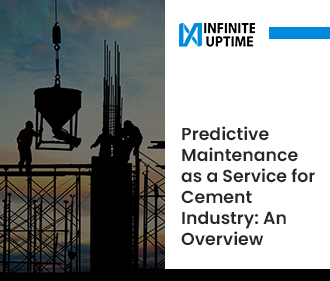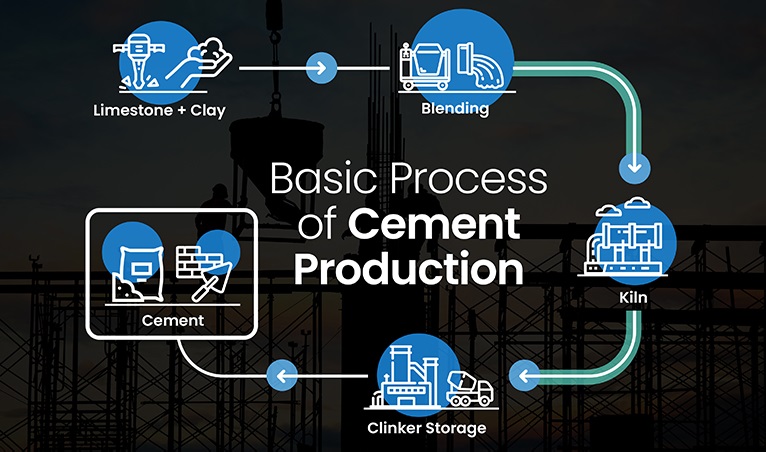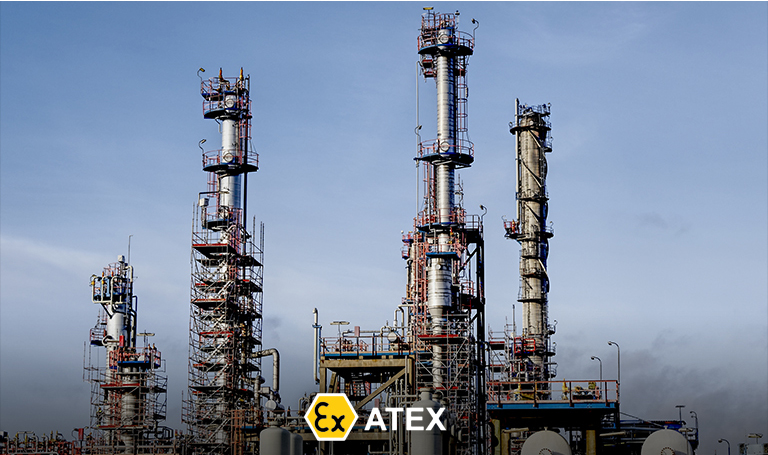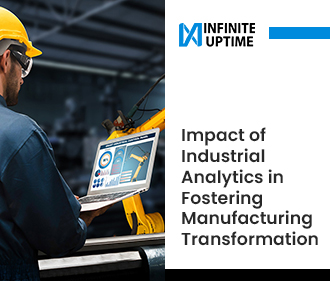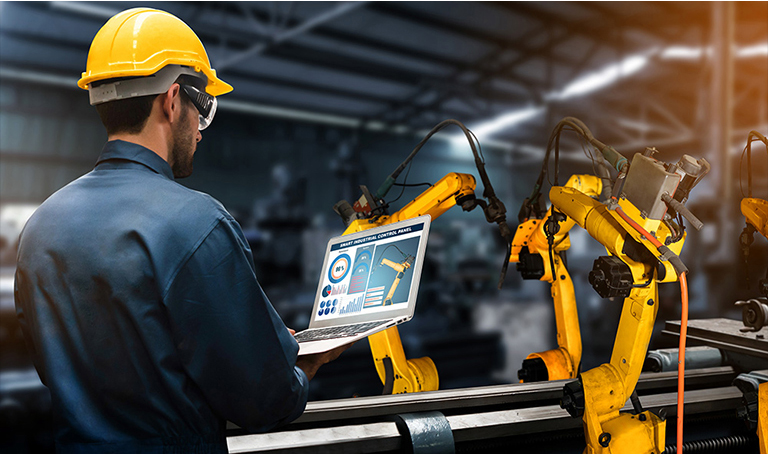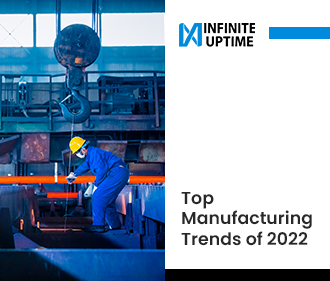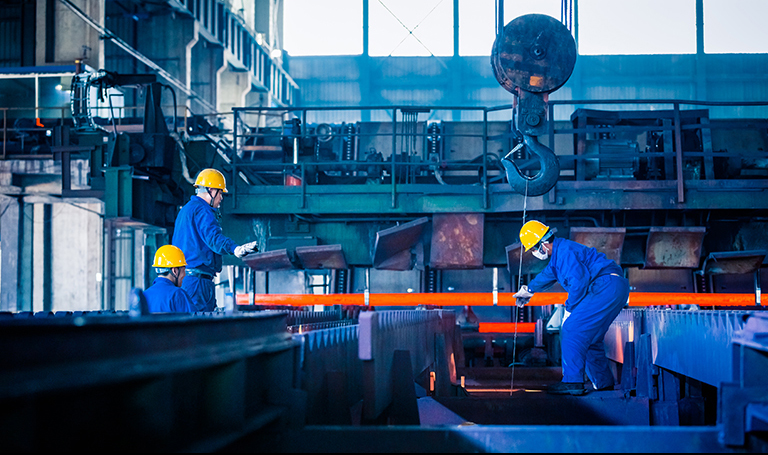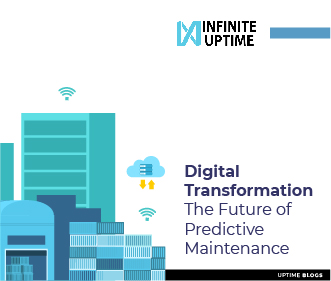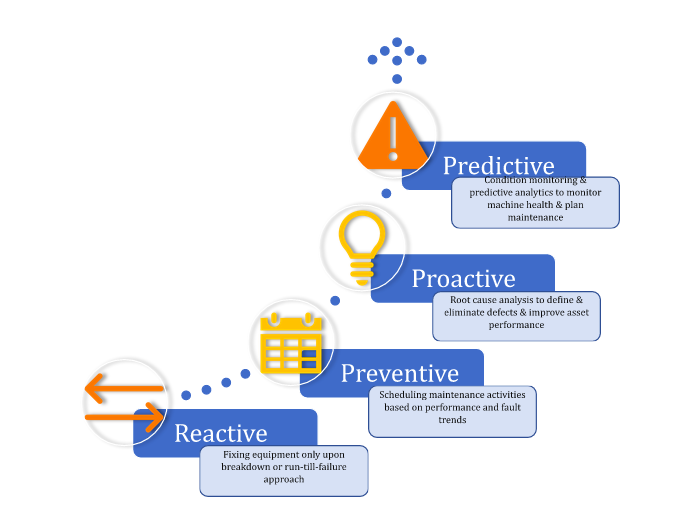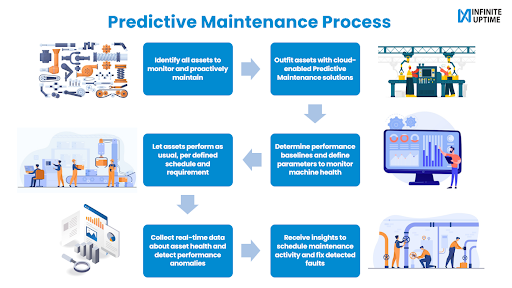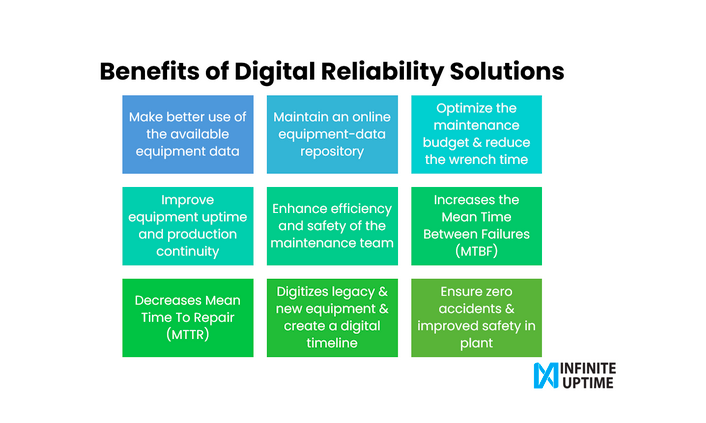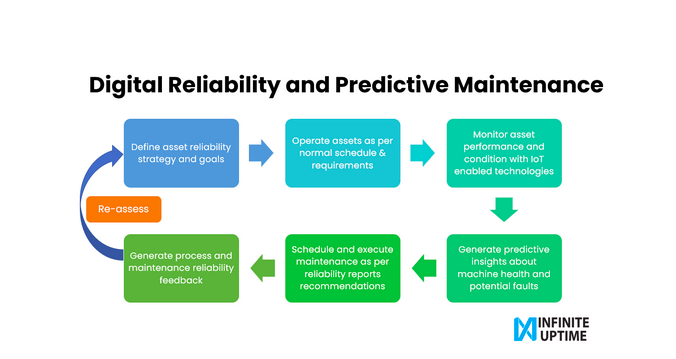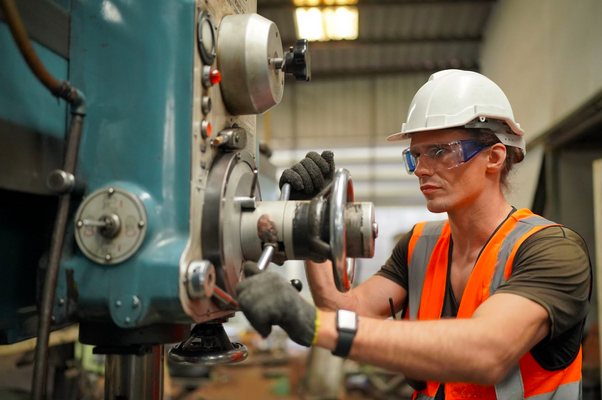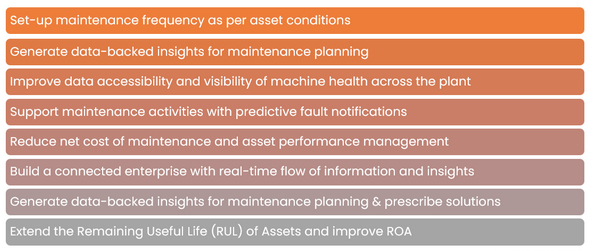What are the types of Asset Maintenance practices in Manufacturing?
Reactive Maintenance:
Reactive Maintenance means letting your machines run unchecked till they fail. Maintenance here is post-failure, as a reactive approach after the anomaly. While it saves you unnecessary downtime & maintenance costs for parts that don’t require servicing, it also means you risk machine failure anytime by being blind about your machine health.
Planned Maintenance or Preventive Maintenance:
After the reactive maintenance approach resulted in constant fire-fighting for the plant manager, maintenance became a time-based activity, i.e., annual, bi-annual, based on their own and peer’s experiences. But often, it was noted that a planned downtime, although revealing nothing wrong with the asset, would still result in loss of productivity & profits. And sometimes, the machines would fail even before the planned period, so the problem persisted.
With the failure of both of these approaches to curb machine failure and thereby unplanned downtime in time, the industry looked forward to solutions like IoT & AI to power up maintenance with real-time insights. And that is what predictive maintenance as a service is all about.
Predictive Maintenance as a Service:
Predictive Maintenance (PdM) relies on real-time monitoring of machine health using smart technologies like edge-computing, IIoT, data science, and analytics. Once an anomaly (w.r.t vibration, temperature, or acoustics) is detected, it is flagged off to the relevant plant supervisor for the next immediate action. A maintenance activity can thus be scheduled if something goes wrong while the maintenance expert can also decode the exact ‘something’. PdM enables the maintenance teams with necessary controls to extend equipment lifecycle, optimize the cost of maintenance, maximize machine uptime and amplify factory performance.
Types of machine maintenance in mining
What Industries can Predictive Maintenance as a Service make the most impact on?
While any manufacturing plant- whether discrete or process-based can deliver a clear impact with Predictive Maintenance as a Service measures, the process-based manufacturing plants can truly thrive because of their unique workflow of interconnected processes.
Since the output of the process manufacturing plant depends on the previous steps completed in tandem, the stoppage of even a single machine can halt the entire production process. This is where predictive maintenance as a service can help by ensuring that the machine health issues are taken care of before they become serious.
Here are some examples of plants where Predictive Maintenance as a Service can save the day:
How can Predictive Maintenance as a Service be a gamechanger for Manufacturing?
Predictive Maintenance as a Service brings all the benefits of cutting-edge technology without the financial downside of capital intensiveness and sustainability. Here is how it can do magic for manufacturing plants:
Asset health & performance:
In an asset-intensive industry like manufacturing, where the equipment is costly and used to the extreme, equipment & component replacement costs are prohibitively high. You can boost asset life, RUL (Remaining Useful Life), and Machine Uptime & Reliability by tackling asset issues before they get serious.
OEE:
Standing for Overall Equipment Effectiveness OEE is a globally prevalent metric that measures the productivity of a manufacturing asset. Calculated as a product of equipment availability, performance & quality of output produced, OEE is a benchmark for comparing the productivity of plants. The availability & performance of the machine depends on the maintenance & servicing when it is needed. According to a Deloitte study, a regular PM results in high OEE, Uptime & Reliability, compared to all types of maintenance.
Quality & Brand reputation:
Regular Asset maintenance and machine health analysis can ensure that the machine performs at the top of its capacity. This will provide a high quality of the overall output. A fully functional plant producing quality output with minimal disruptions will also ensure a good brand image & reputation in the ecosystem.
Increased Employee Productivity:
A well-functioning asset means that employees don’t have to fight fires caused due to last-minute machine failures. It also means quality and timely output, allowing them to be productive at what they do.
What Infinite Uptime’s Predictive Maintenance as a Service brings to the table?
The end-to-end Predictive Maintenance as a service by Infinite Uptime involves collecting data & computing the triaxial vibrations, temperature, and noise of the mechanical equipment in real-time via its patented edge computing system. The data is then monitored & analysed in real-time, and a machine health score is assigned. A machine with a lower health score is flagged to the plant supervisor or plant engineer with a diagnostic assessment score and the probable cause for the anomaly and a recommendation on improving the machine. This helps the maintenance teams to plan better and save critical downtime of machines which positively impacts the overall factory performance and productivity.
With real-time insights from interconnected assets being monitored and analysed instantly, predictive maintenance as a service provides massive power to the manufacturers without any drawbacks of a conventional maintenance solution. And that is when the true digital transformation will happen when data and insights combine to provide value.




